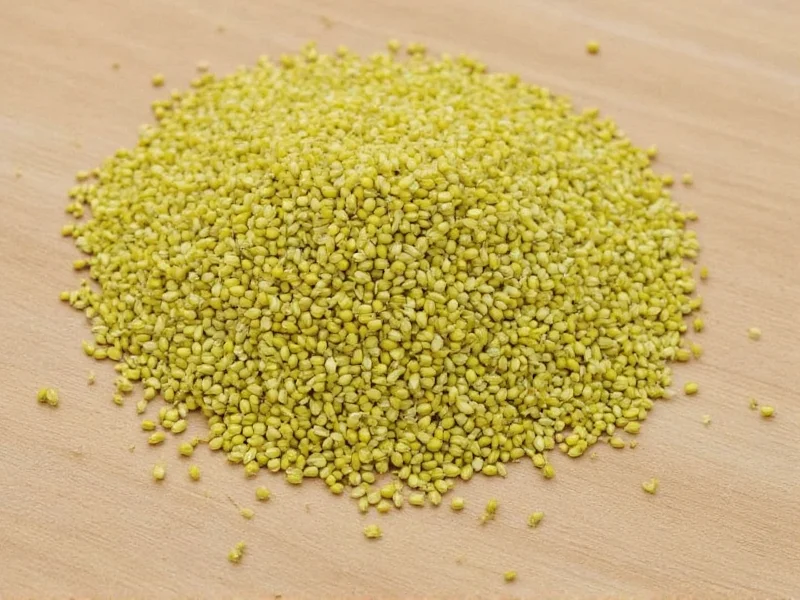Understanding the precise dimensions of mustard tree seeds is essential for gardeners, agricultural planners, and botanical researchers. The size directly impacts planting techniques, germination rates, and overall cultivation success. While often referred to as “mustard trees,” these plants technically belong to the Brassicaceae family and include species like Brassica nigra (black mustard) and Sinapis alba (white mustard), which can reach tree-like proportions in favorable environments.
Exact Measurements of Mustard Tree Seeds
Mustard seeds are among the smallest agricultural seeds commonly used worldwide. Scientific measurements reveal:
| Mustard Type | Average Diameter | Shape | Color | Weight per Seed |
|---|---|---|---|---|
| Black Mustard (Brassica nigra) | 1.0-2.0 mm | Spherical to slightly oval | Dark brown to black | 0.001-0.002 grams |
| White/Yellow Mustard (Sinapis alba) | 2.0-2.5 mm | Round | Yellow to light brown | 0.002-0.003 grams |
| Indian Mustard (Brassica juncea) | 1.5-2.0 mm | Spherical | Reddish-brown | 0.0015-0.0025 grams |
Visualizing Mustard Seed Dimensions
To better understand mustard tree seed size, consider these everyday comparisons:
- Black mustard seeds are similar in size to coarse sand grains or the period at the end of this sentence (.)
- White mustard seeds compare to small sesame seeds or the tip of a mechanical pencil lead (0.5mm)
- Approximately 500-700 black mustard seeds equal one gram, while white mustard contains 300-500 seeds per gram
These tiny dimensions explain why mustard seeds can be challenging to handle during manual planting. The small size also contributes to their efficient dispersal in natural environments, as wind and water can easily transport them across considerable distances.
Why Mustard Seed Size Matters for Cultivation
The specific measurements of mustard tree seeds directly impact agricultural practices. Gardeners working with mustard plant seed dimensions need to consider:
Shallow planting depth: Due to their small size, mustard seeds should be planted no deeper than 1-2 cm. Planting too deeply prevents seedlings from reaching the surface. The optimal planting depth for mustard seeds correlates directly with their diameter, typically 4-5 times the seed's width.
Seed spacing requirements vary by variety. Black mustard's smaller seeds (black mustard seed measurements) can be sown more densely (10-15 seeds per foot), while larger white mustard seeds require more space (6-8 seeds per foot) to prevent overcrowding during germination.
Botanical Factors Affecting Mustard Seed Size
Several factors influence the final dimensions of mustard tree seeds:
- Genetic variety: Different mustard species naturally produce seeds of varying sizes
- Growing conditions: Soil quality, water availability, and climate affect seed development
- Nutrient availability: Plants with access to balanced nutrients typically produce larger, more uniform seeds
- Harvest timing: Seeds harvested at peak maturity show optimal size characteristics
Research published in the Journal of Agricultural Science demonstrates that mustard seeds grown in nitrogen-rich soils average 15% larger than those from nutrient-deficient conditions. This relationship between soil quality and mustard seed size significantly impacts both agricultural planning and commercial seed selection.
Measuring Mustard Seeds: Scientific Methods
Botanists use precise techniques to measure mustard seed physical characteristics:
- Caliper measurement: For individual seeds, digital calipers provide exact diameter readings
- Seed counters with imaging: Automated systems measure thousands of seeds to determine average size
- Weight-to-count conversion: Standardized weight measurements estimate seed count per unit
- Laser diffraction: Advanced method for determining precise particle size distribution
When evaluating mustard seed size variation between species, researchers typically measure at least 100 seeds from multiple plants to account for natural variability. This scientific approach ensures accurate data for agricultural applications and breeding programs.
Practical Applications of Mustard Seed Size Knowledge
Understanding exact mustard tree seed dimensions serves multiple practical purposes:
For home gardeners: Knowing the actual size of mustard seeds helps determine proper planting depth and spacing. Many beginners make the mistake of planting these tiny seeds too deeply, resulting in poor germination rates. The general rule is to cover seeds with soil equal to 3-4 times their diameter.
For commercial agriculture: Seed size directly impacts planting equipment calibration. Precision seeders must be adjusted for mustard seed dimensions in farming to ensure proper distribution. Larger white mustard seeds require different settings than smaller black mustard varieties.
For culinary use: The size difference between mustard varieties affects grinding requirements. Smaller black mustard seeds create finer powders more quickly than larger white seeds, influencing preparation techniques for mustard condiments.
Common Misconceptions About Mustard Tree Seeds
Several myths persist about mustard tree seeds that deserve clarification:
- Myth: All mustard seeds come from trees
Fact: Mustard plants are herbaceous annuals that can grow to tree-like heights (2-3 meters) but aren't true trees - Myth: Mustard seeds continue growing after planting
Fact: The seed itself doesn't grow larger; it provides nutrients for the emerging seedling - Myth: Larger seeds always produce better plants
Fact: Seed size correlates with initial vigor but not necessarily with final plant quality or yield
The reference to “mustard trees” in historical texts likely described the impressive height these plants can reach in ideal conditions, not their botanical classification. Understanding this distinction between mustard plants and actual trees helps clarify expectations for growers.
Storage Considerations Based on Seed Size
The small dimensions of mustard seeds create specific storage challenges. Their mustard seed size and storage requirements demand attention to:
- Moisture control: Tiny seeds have high surface-area-to-volume ratios, making them more susceptible to moisture absorption
- Pest prevention: Small size allows easier access for certain seed-eating insects
- Airflow management: Proper ventilation prevents moisture buildup between densely packed small seeds
For long-term storage of mustard seed preservation techniques, maintain seeds in airtight containers with humidity levels below 9%. Under these conditions, mustard seeds retain viability for 4-6 years, though germination rates gradually decline after the first two years.











 浙公网安备
33010002000092号
浙公网安备
33010002000092号 浙B2-20120091-4
浙B2-20120091-4